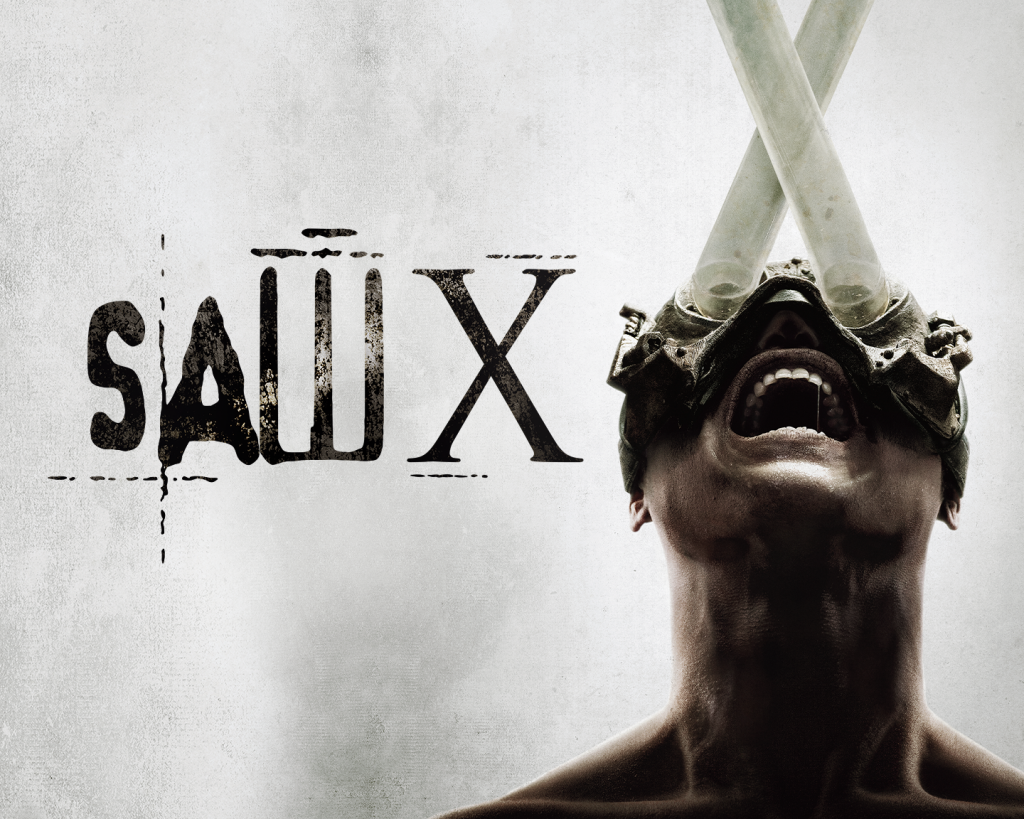The “Saw” franchise always felt out of place in the 2010s. Once the original story wrapped up and all of the most well-known characters were long dead, “Saw” was faced with the challenge of how to tell a story in its world without the people who made it interesting in the first place.
Meanwhile, the horror landscape was changing. Gone were the days where the torture-centric offset of the horror genre was considered cutting edge. In its place, horror began to get a lot smarter and more elevated. It seemed that “Saw” was an antiquated idea for modern horror audiences.
This statement is no longer the case. “Saw X” revitalizes the franchise through bringing it back to its roots, while adjusting its age-old formula to better fit the modern landscape. It might just be the best creative direction in the history of the franchise to make “Saw X” a requel — a prequel that at the same time reboots the franchise. After the abysmal “Spiral” and the average “Jigsaw,” it was time for something new. It was clear that trying to do more cop-centric plotlines, like in “Spiral,” or making “Star Wars: Rise of Skywalker”-esque revisions to the original plot, like in “Jigsaw,” were not the formula for success. Instead, “Saw X” brings the franchise back to what made it a horror staple — Tobin Bell’s John Kramer.
In keeping with the more psychological trends in modern horror, “Saw X” at its core is a character study on the classic morally ambiguous killer. Spending the first half of the film without games or traps, but rather showing Kramer in the last stages of his cancer, helps set the tone for the movie. The film doesn’t expect the audience to root for Kramer, but this humanization makes the setup for the game — and the level of personal interference within it — perhaps the franchise’s best.
Meanwhile, the supporting cast of characters is itself leagues ahead of most “Saw” films. Often, “Saw” films strive to create the least likable game participants in order to maximize the entertainment value of the traps. This time, however, much of the game players share the same moral ambiguity as Kramer. Knowing the con artists outside of the scam makes them feel like actual people rather than empty trap vessels. The highlights for the support, however, are Cecilia, easily the most evil non-Jigsaw in the franchise, and Amanda, whose increased characterization only makes more sense to earlier films in the franchise.
Of course, it wouldn’t be a “Saw” movie without some good traps, and “Saw X” certainly delivers in this regard. While the main headliners are the eye-sucking and bone marrow traps, I personally found the lobotomy trap to be the most interesting. Regardless of preferences, every trap played into the themes of the film and the crimes of the characters extremely well. It’s truly impressive how the traps remain fresh nearly 20 years after the first film.
Now, the movie certainly isn’t without its flaws. While the film provides a well-needed refresh for “Saw,” it still doesn’t innovate all that much on the overall formula presented throughout the series. The twists were fun but somewhat predictable — the ending twist has been seen multiple times throughout the series and didn’t at all feel fresh. At the same time, while the development of Kramer’s character was admirable, the personal involvement he had in the game did seem a bit out of character and led to a few questionable decisions. One would doubt he would’ve made it in an early film in the series.
Regardless of these flaws, “Saw X” still manages to deliver one of the franchise’s strongest films, and one of the best horror movies of the year so far. Time will tell how valuable returning to the prequel will be for the franchise. Either way, the future won’t undermine what an accomplishment this film truly is.
Rating: 8/10



